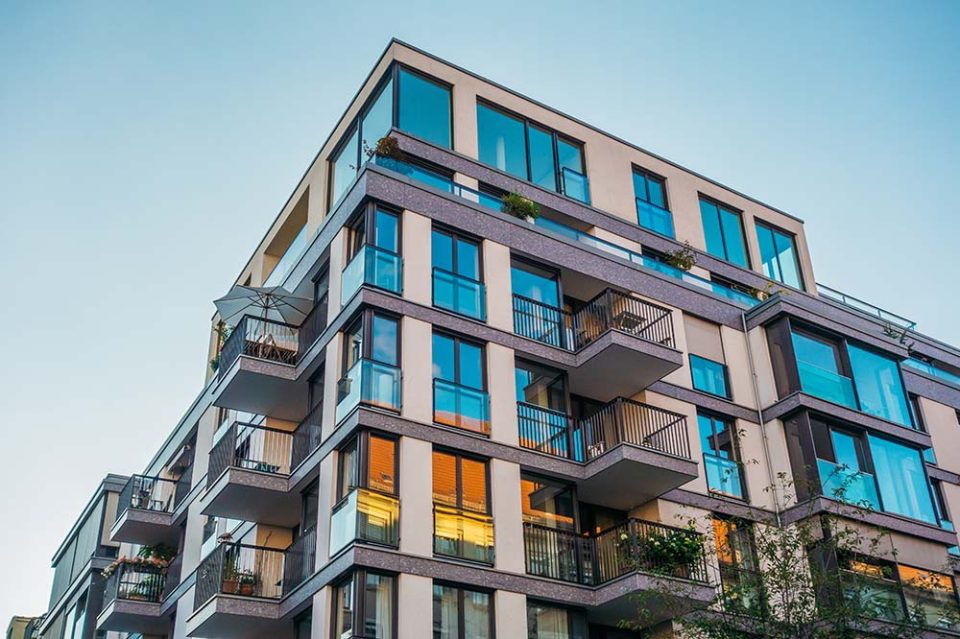Radon testing deserves special attention when purchasing a ground-floor condo unit. This invisible, odourless gas forms naturally from uranium decay in soil and rock beneath buildings, potentially seeping through foundation cracks and accumulating to dangerous levels. While reviewing a Penrith Brochure might show you beautiful features and layouts, it won’t reveal this hidden health risk that affects ground-level units disproportionately. As the second-leading cause of lung cancer after smoking, radon demands serious consideration from prospective ground-floor condo buyers, regardless of building age, location, or construction quality.
Risk realities
Ground-floor condos face a higher radon exposure risk than upper-floor units for simple physical reasons. Radon gas emerges from soil beneath foundations and follows the path of least resistance into living spaces. Upper floors benefit from distance and barriers between them and the source, while ground-floor units sit directly above it. Concrete slabs can develop microscopic cracks even when seemingly intact, allowing gas infiltration. Adjacent soil against foundation walls creates additional entry pathways. Ground-floor units with basements face even greater risk due to increased surface area contacting soil and typically poorer ventilation. Local geology also plays a crucial role in baseline risk levels.
Testing options
- Short-term charcoal test kits (2-7 days)
- Long-term alpha track detectors (3-12 months)
- Continuous electronic monitoring devices
- Professional testing services with certified equipment
Testing is your only reliable method for determining radon levels, as visual inspection cannot detect this invisible gas. Short-term tests provide quick results but may miss seasonal variations or unusual weather conditions that affect readings. Long-term tests offer more reliable averages but delay decision-making during real estate transactions. Electronic monitors provide real-time readings with greater accuracy but cost substantially more than passive test kits. Consider testing both your specific unit and requesting building-wide results if available.
Results interpretation
Radon concentrations are measured in picocuries per litre (pCi/L) in the US, with the EPA recommending action at or above 4 pCi/L. However, no level qualifies as genuinely “safe.” Health risks increase with concentration and exposure duration. Results between 2-4 pCi/L fall into a grey zone where mitigation remains advisable but not urgent. Readings below 2 pCi/L represent the lowest practical risk level achievable in most settings. Context matters—compare your results with regional averages and other units in the same building. Seasonal variations may also affect readings, with winter typically showing higher concentrations.
Mitigation approaches
- Sub-slab depressurisation systems drawing gas from beneath foundations
- Sealing foundation cracks and penetrations with specialised materials
- Improved ventilation strategies, increasing air exchange rates
- Vapour barriers installed during construction or renovation
- Pressurisation systems create positive pressure to prevent gas entry
Effective mitigation systems can reduce radon levels by up to 99% when properly installed and maintained. Many solutions work retroactively without major construction, though installation complexity varies with building design. Professional installation ensures proper configuration and often includes follow-up testing to verify effectiveness. HOA approval may be required for system components affecting common elements or exterior appearance.
When house hunting, request radon disclosure from sellers, though many states don’t mandate this information. Schedule testing during inspection periods if levels remain unknown. Most mitigation systems cost between $800-$2,500 installed, forming a modest investment compared to potential health impacts. Remember that building-wide approaches often work most effectively in multi-unit structures, potentially requiring HOA coordination. Regular retesting every two years ensures continued protection as building conditions evolve.

